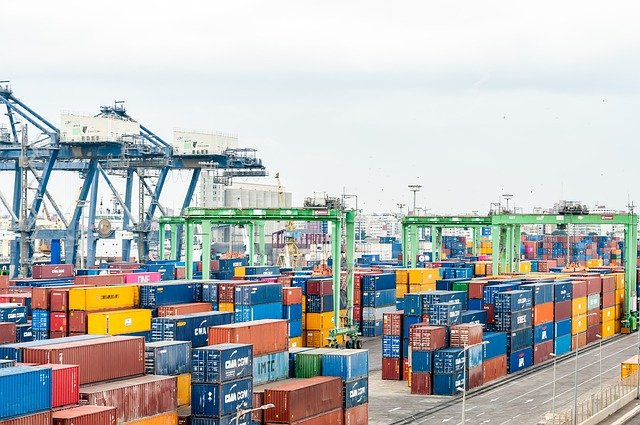North America to see 4 million tonnes of new polyethylene production in 2022, half of it for export
North America will see in 2022 startups of new annual production capacity for nearly four million tonnes of polyethylene, the plastic resin most commonly seen shaped as grocery bags or milk jugs that has multiple packaging applications.

The production coming online involves two projects in the U.S. Gulf Coast, one in the Northeast, as well as one expansion in the U.S.-Canada border an hour from Detroit. All will find markets in North America or abroad, the top executive of America´s leading chemical company said.
Of the four million tonnes of annual capacity coming online in North America in 2022, about “half of that is destined for the export market,” said on Jan. 27 Dow´s CEO Jim Fitterling. He made the comment on competitor startups while discussing earnings, according to the transcript of the fourth quarter discussion on the company website.
The first 1.3 million tonnes of new polyethylene capacity, from the Exxon Mobil and Sabic venture in Corpus Christi, Texas, completed its startup in January. Bayport Polymers, also in Texas, will start up this year 625,000 metric tonnes of annual polyethylene capacity.
Shell will start in 2022 a plant in Monaca, Pennsylvania, with 1.6 million tonnes/year of annual capacity. Nova Chemicals will complete this year an expansion of 455,000 tonnes in Sarnia, Ontario, Canada, or about an hour north of Detroit.
Ethane advantage
The new production coming online won´t have problems to find domestic consumers or buyers abroad considering the U.S. ethane cost advantage will beat prices of pellets from naphtha-based or coal-based production, Fitterling added.
And there is room for more large-scale polyethylene plants built in locations with that feedstock advantage, Fitterling said.
For every percentage point of gross domestic product growth in the world´s economy, ”you need two to three world-scale polyethylene plants to come online,” he said.
About half of the global polyethylene capacity additions between now and 2025 are coming online in high-cost regions and will use as feedstock either oil-derived naphtha, coal or methanol, all more expensive compared with U.S. ethane, he added.
“With the advantage being in Canada, U.S., Argentina, Middle East, the places that have really good structural low-cost ethane positions, we're going to be in a good space. And operating rates are going to be very high,” Fitterling said.
Price increases
“Our view, as we go into the quarter, we had two increases out in the market, plus four, plus four (cents per pound). And I think those will look like they're going to line up for February and for March, Fitterling said.
Smaller resin suppliers normally match the best price offered by the industry leader. Dow is a leading resin supplier in North America.
Polyethylene is the main product of ethylene, which in turn is a building block of the petrochemical industry. Polyethylene is mainly used as packaging material.
Fitterling also said that margins may moderate on average in 2022 from the previous year. In 2021 a combination of weather events and supply disruptions caused sharp plastic price increases and record margins, and earnings, for plastic producers.
Volume constraints, Asia
“As we ended the year, we were a little bit constrained on volume really due to some unplanned events of our own” including hurricanes, he said.
In 2021 U.S. polyethylene producers faced challenges to supply the domestic market and were not actively seeking exports to Asia as in previous years. The lack of inventory prevented more cargo shipments to Asian markets.
“December was the best marine packed cargo month for exports that we've had since last March. Still not back to where we'd like it to be, but I think we´ll see signs of gradual improvement,” he said.
Margin moderation
Plastic resin producers saw record margins and earnings during much of 2021 amid very tight inventories that resulted from weather events and supply chain issues. Fat margins in North America were also protected from imports because of shipping constraints.
But the new polyethylene capacity hitting the market during 2022 will help add inventory.
Dow may see about $275 million of “margin moderation sequentially from Q4 to Q1,” said Howard Ungerleider, Dow´s Chief Financial Officer.
The outlook for operating rates for the year on ethylene and all the ethylene derivatives is “north of 87%,” he said.
“We want to try to obviously also get some inventories back up and service levels back for our customers, trying to get back to kind of a normal cadence that they can expect and better availability and reliability for them,” Fitterling said.
By Renzo Pipoli
